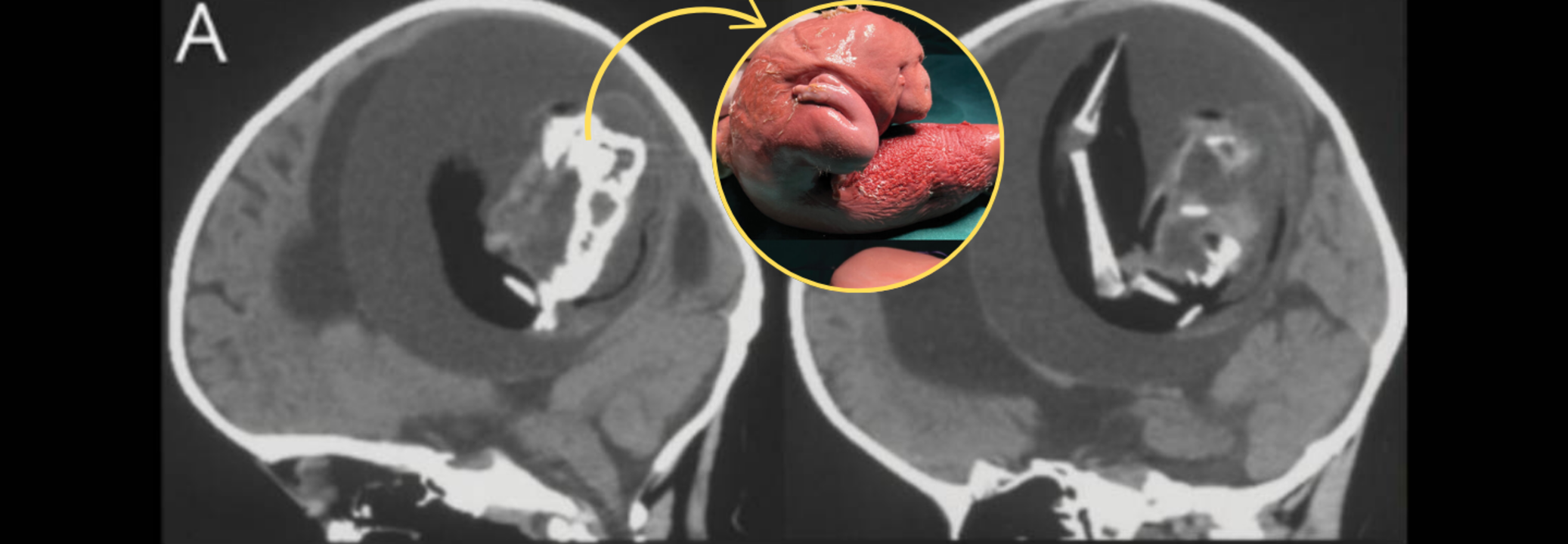In An Extremely Rare Surgery, Doctors Remove Fetus From A 1-Year-Old Baby's Brain

Image Credits: Journal Neurology
SummaryIn a rare medical case, doctors surgically removed a malformed twin fetus from a 1-year-old’s brain, a condition known as intracranial fetus-in-fetu, with fewer than 20 reported cases worldwide.
End of Article
